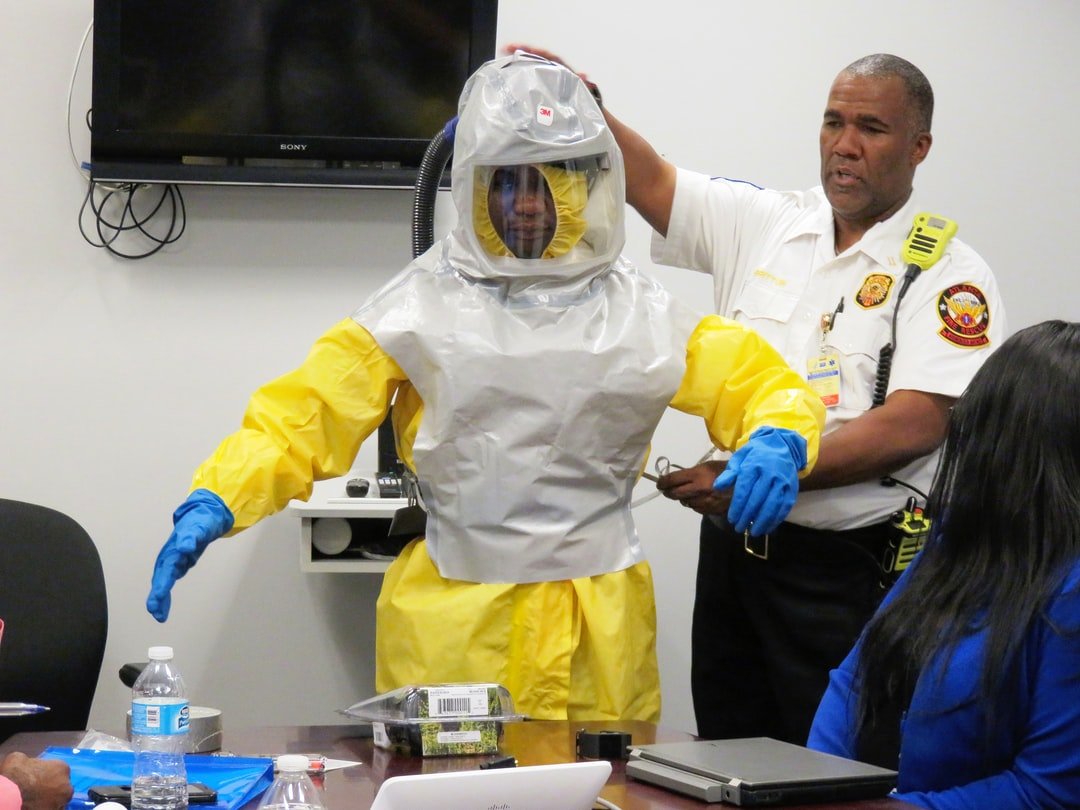Safe Use Of Personal Protective Equipment

Personal protective equipment, also known as PPE, is any protective gear, helmets, protective clothing or other items or equipment specifically designed to protect the human body from infection or injury caused by a hazardous substance. The primary hazards addressed in personal protective equipment are chemical, electric, physical, and airborne particles. Some examples of hazardous substances that require protective PPE are as follows:
In a medical emergency, medical staff may not be able to identify the source of an infection immediately. The use of personal protective equipment, such as a full-face respirator (PPR), masks, gloves, and goggles can provide rapid protection from chemical inhalation. They can also provide protection against inhaled particles that might otherwise enter the lungs via the mouth, nose and throat. Some common chemical irritants include irritants produced by the food industry and the production of cleaning products.
In the workplace, personal protective gear such as goggles and gloves offer protection from the harmful effects of radiation and x-rays. These devices, like PPRs, protect workers from inhalation of vapors, aerosols, and gases emitted by various sources. In a nuclear facility, personal protective gear like a closed face mask, heavy duty gloves, and a high level of radiation protection reduce the risk of exposure to harmful materials. The protective clothes are often made of materials that are highly resistant to moisture, such as polyester.
There are many benefits to wearing personal protective gear when outdoors. First, it protects the body against hazardous substances. Second, it provides temporary protection from cold and dry conditions, allowing the person to remain active and mobile. Third, the items to prevent contamination from airborne particles that can enter the lungs. And fourth, personal protective gear reduces the risk of contracting a disease like HIV and Hepatitis through contact with contaminated surfaces and bodily fluids.
Today, personal protective gear has a wide variety of forms and colors. A common type of personal protective equipment used in workplaces is the closed-toe shoe worn while at work. This type of footwear helps reduce the risks of exposure to hazardous chemicals and contaminants. Also commonly used are air-purifying respirators (mask) and goggles, chemical-resistant gloves, and closed-face respirators. This site will help you get medical test kits for pharmaceutical design companies.
There are also many types of personal protective gear for home use. Handheld air compressors (face masks or respirators with HEPA filtration feature reduce the risks of inhaling dust, smoke and other substances that can enter the respiratory system. Face shields are available for individuals who have contact with the face. In addition to protecting the human body, personal protective gear helps to keep children safe from potentially harmful objects, preventing accidental injury or contamination. If you want to know more about this topic, then click here: https://en.wikipedia.org/wiki/Personal_protective_equipment.
